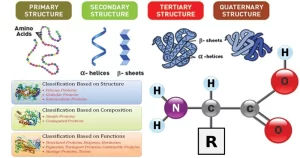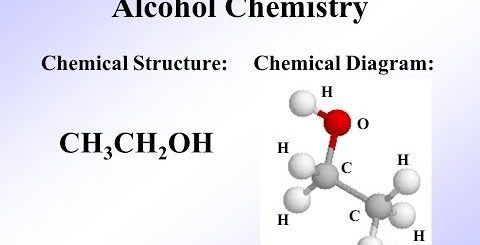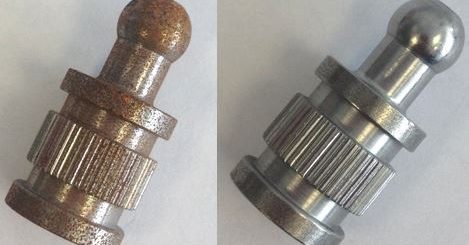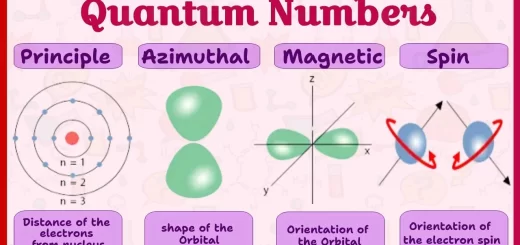Proteins types and tests results, Simple proteins, Conjugated proteins and Derived proteins
Proteins are essential constituents of protoplasm and act as the supporting tissue in the animal body as do carbohydrates (cellulose) in plants. In blood, proteins occur in higher concentrations, e.g., in the globin part of haemoglobin and in plasma proteins. They also provide the body with a great deal of energy, and they are also the only substances that supply the body with nitrogen.
Proteins
In spite of their complex nature, proteins yield on hydrolysis 20-25 different amino acids, This indicates that a protein molecule, which is of high molecular weight, is built up in hundreds or thousands of these amino acids linked together mostly by a peptide linkage, -CO-NH-, and partially by the other reactive groups present in some amino acids.
Most of the proteins possess high molecular weights, which are sometimes described as macromolecules, and therefore, they are mostly colloids. The number, the kind, and the order of arrangement of the amino acids in the protein molecule are all specific for every type of protein and therefore.
It is possible to have a countless number of proteins that differ in physical, physiological, and immunological properties. Such wide variation in the properties of proteins made their classification a difficult problem. Nevertheless, they are divided into general classes:
- Simple proteins: Which yield on hydrolysis chiefly L-amino acids, e.g. albumin and globulin (present in egg white, milk, and plasma).
- Conjugated proteins: Which are compounds of a protein with another group, usually termed the prosthetic group, e.g. phosphoprotein (present in caseinogen of milk).
- Derived proteins: These include the big fragments obtained from the digestion or hydrolysis of proteins, and also those proteins which have been partially or completely denatured, e.g. peptone which is derived from gelatin. It may be contradictory to find some of the simple proteins containing a residue of other substances e.g. albumin contains a small amount of carbohydrates, but it is still considered as a simple protein.
Biuret Test
To 2 ml of egg white solution in a test tube, add 0.5 ml of 40% NaOH, mix and then add 2-3 drops of 1% CuSO4 solution. On shaking a violet color is obtained. Biuret test depends upon the presence of at least two of the peptide linkage (-CO-NH-) in the protein molecule. The test was given its name because it is given by all proteins and compounds that contain Biuret compound (H2N-CO-NH-CO-NH2).
Heat Coagulation Test
Take 10 ml of egg white solution in a test tube and add on the top few drops of dilute acetic acid, shake slightly to mix the acid with the upper part of the solution. Tilt the tube to a suitable angle over the flame, and heat only the upper part. A flocculent precipitate of coagulated protein is formed in the upper part of the solution, while the lower part remains clear. Coagulation of albumin and globulin means that they become denatured and rendered insoluble in dilute acids or alkalis. Heating of other proteins causes only their denaturation.
Scheme for the identification of unknown substances
A scheme is given in the following for the identification of the organic compounds which were previously discussed. It is necessary to follow the scheme step by step, even if the substance is easily recognizable. This is important to avoid mistakes and to overcome difficulties in identification on the one hand, and to obtain results, precise and confirmed on the other hand. So, after the substance has been recognized, all related to it must be made as confirmatory tests.
Substances to be identified:
- Proteins (heat-coagulable proteins).
- Carbohydrates [reducing sugars (glucose) and non-reducing sugars (sucrose and starch)].
(1) Biuret Test:
- Biuret test: If it gives positive results (violet or rosy color), this indicates the presence of a protein, then apply heat coagulation test.
- Heat coagulation test: If it gives positive results (occurrence of coagulum), this indicates the presence of albumin, globulin or both.
(2) Molisch’s test
If the Biuret test is negative, proteins are eliminated. Then apply Molish’s test.
a) Molisch’s Test: If it gives positive results (violet ring) → this indicates the presence of carbohydrates, then apply the iodine test.
b) Iodine Test:
- (i) Blue color → indicates the presence of starch
- (ii) Yellow color → indicates that the unknown substance may be a sugar other than starch, then apply the Fehling test.
c) Fehling Test:
(i) If positive (gives reduction) → indicates the presence of reducing sugar as glucose, maltose or lactose. Differentiate between them by applying the osazone test; needle-shaped crystals indicate glucose, plate-shaped ones indicate maltose, while rosette-shaped crystals mean lactose.
(ii) If negative (gives no reduction) → indicates the presence of a non-reducing sugar as sucrose.
You can subscribe to Science Online on YouTube from this link: Science Online
You can download the Science Online application on Google Play from this link: Science Online Apps on Google Play
Protein Classification, Globular & Fibrous protein, Simple, Compound & Derived proteins
Protein definition, structure, order, denaturation & Bonds responsible for protein structure
Protein structure, Classification, properties of amino acids & Formation of peptide bonds
Protein biosynthesis steps, site, importance, inhibitors & Protein maturation
DNA Repair types, definition & importance, Protein Biosynthesis & Genetic Code




